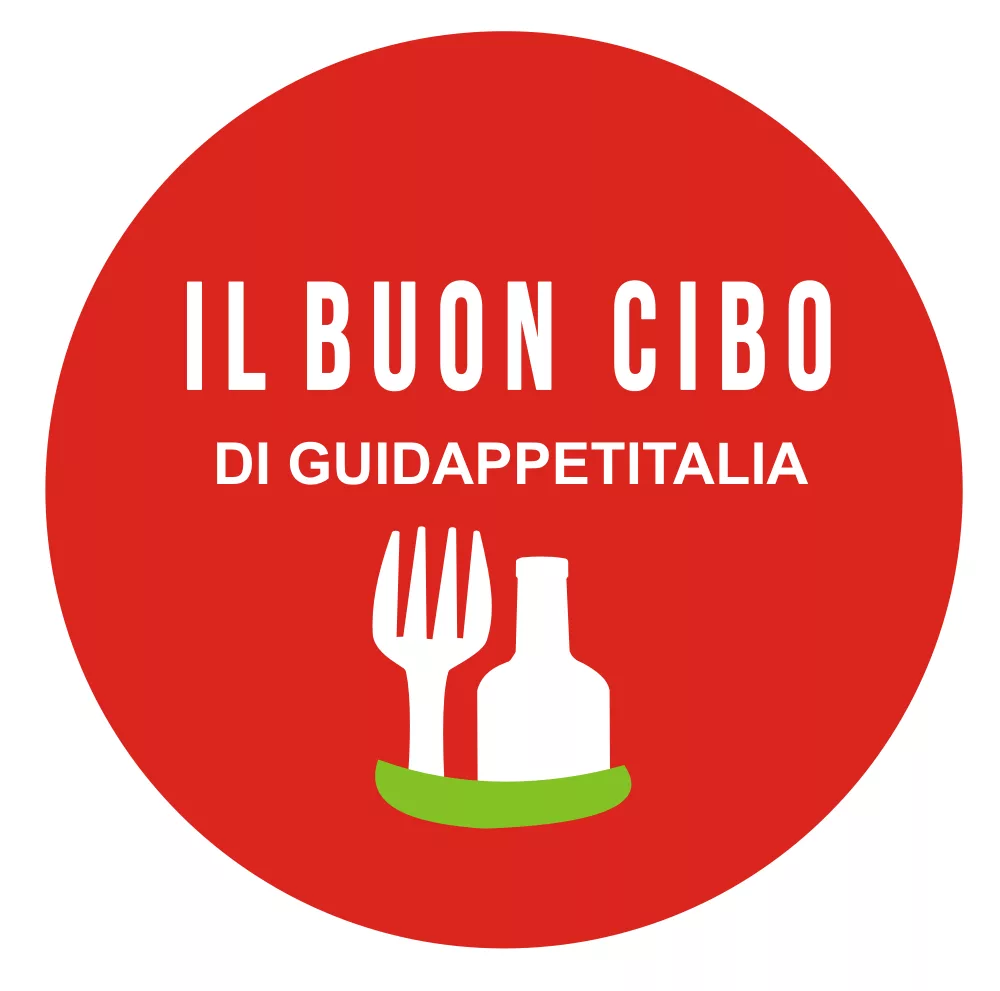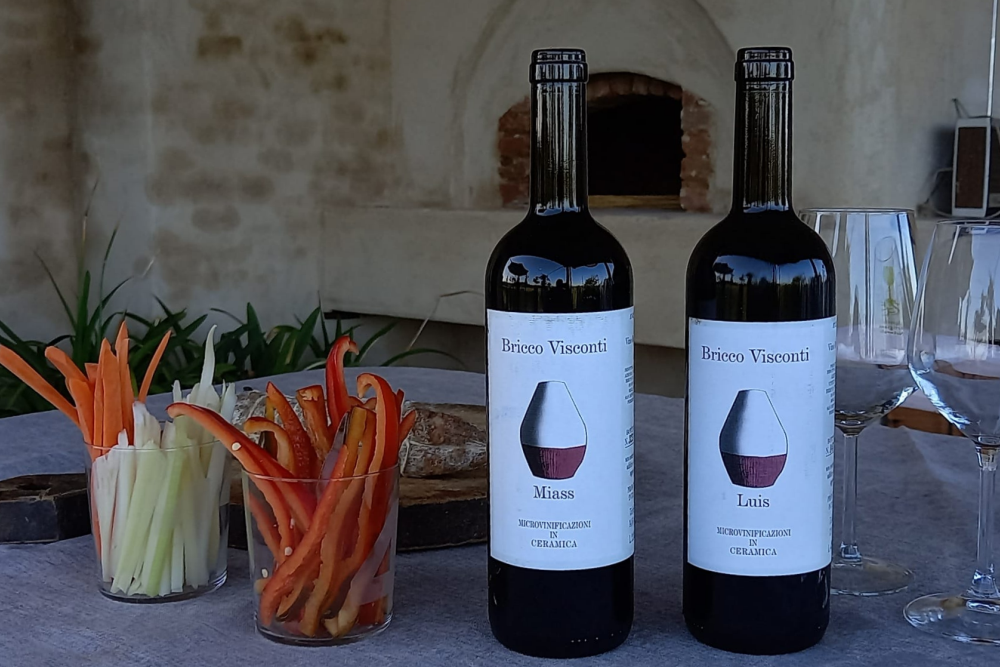
THE PRODUCTS
Natural wine, or rather wine crafted through natural methods, is born from the laborious work in the vineyard, where the earth is honored by banning all sorts of synthetic pesticides or phytosanitary products. Only sulfur and copper, within the limits allowed by organic regulations, find their place in this strict respect for the environment.
The red wines – Miass, Più, and Sofì – come from grapes that we destem and leave to ferment. The wine then matures in ceramic egg-shaped vessels for a year.
The rosé wines – Rosè di Pit, Luise, and Vì – result from grapes that we destem, crush, and ferment for longer than the reds. The wine then matures in porcelain ceramic egg-shaped vessels. Later, they are bottled using the bottle refermentation method.
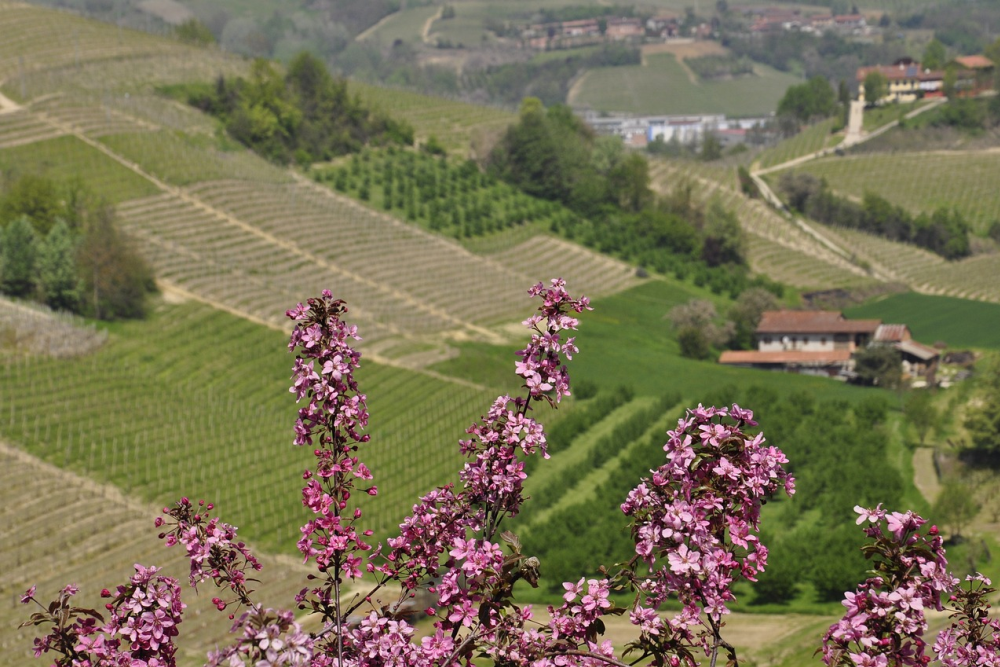
THE TERRITORY
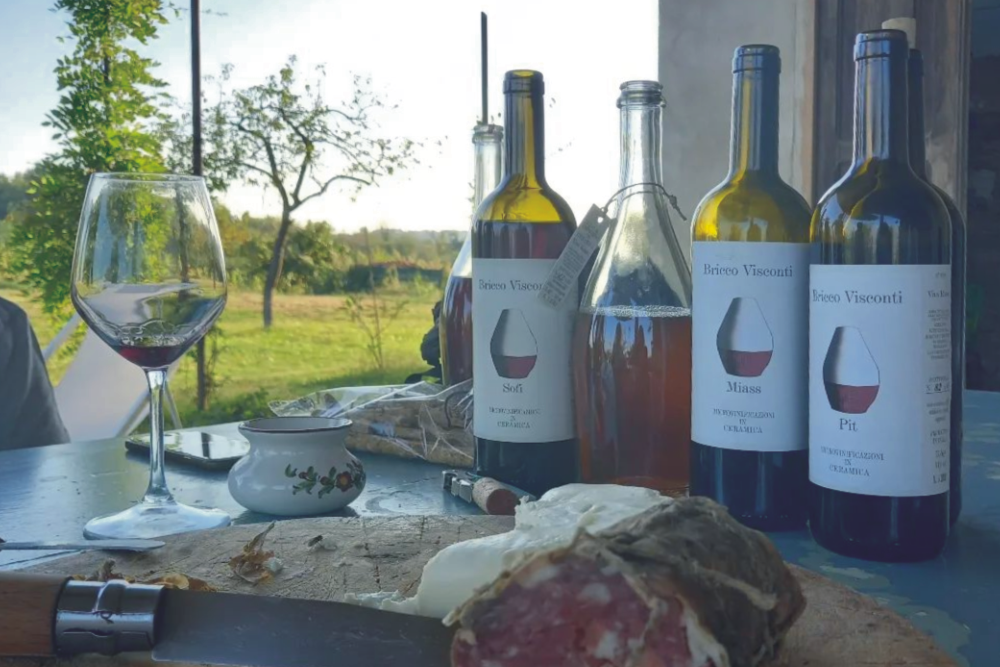
PAIRINGS
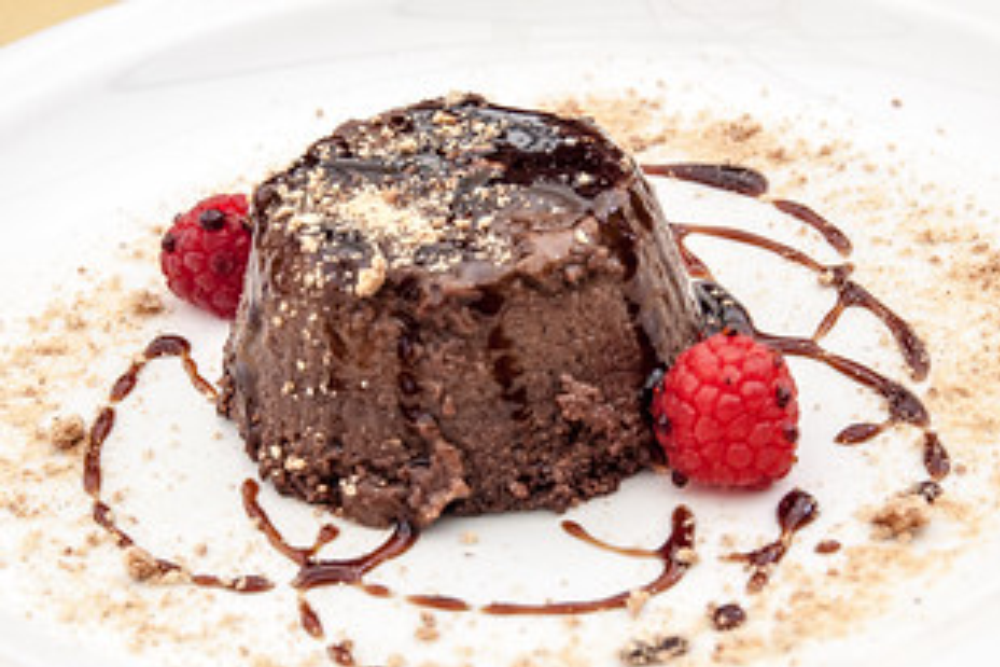
LOCAL CUISINE
In our corner of Piedmont, among enchanting villages and century-old cellars, one of the region’s most emblematic and beloved desserts is born: the Bunet. The Bunet is much more than a simple dessert; it is an ode to tradition, a symphony of flavors that tells stories of family and winter evenings spent around a table. Its name, which recalls the ancient Piedmontese term for “cap” or “beret,” evokes the shape of the mold in which it is prepared, as if to suggest a warm and embracing hug. This dessert combines cocoa, amaretti cookies, and liquor, creating a rich and harmonious balance of flavors, while caramel adds a touch of sweetness and crunchiness.

